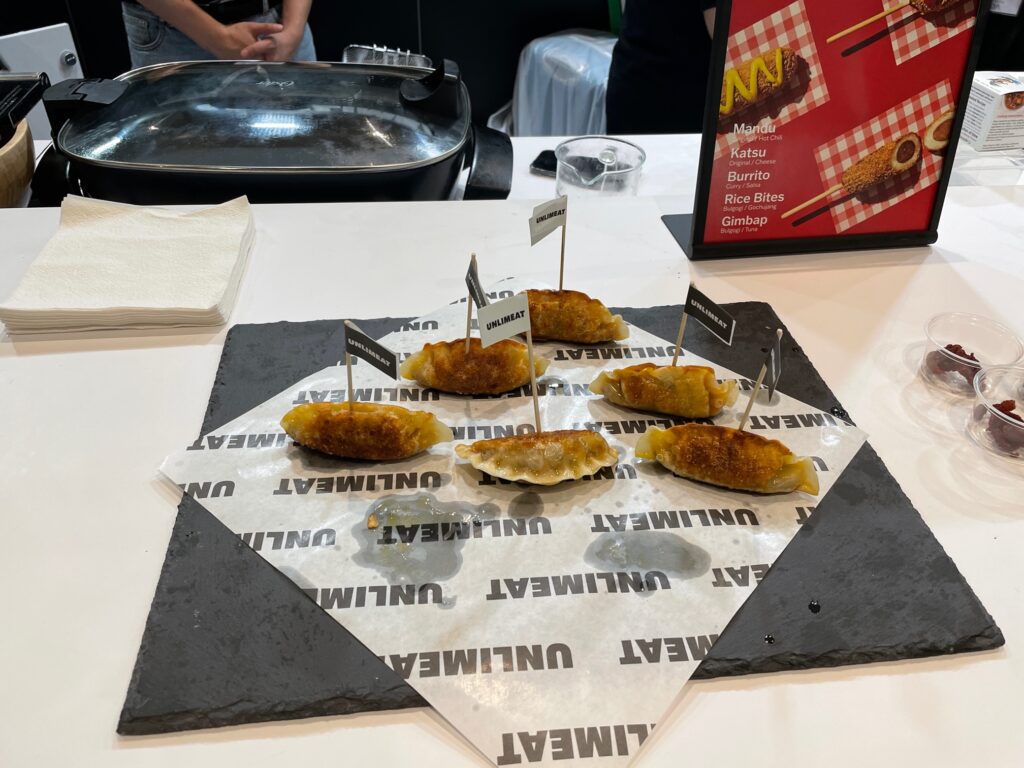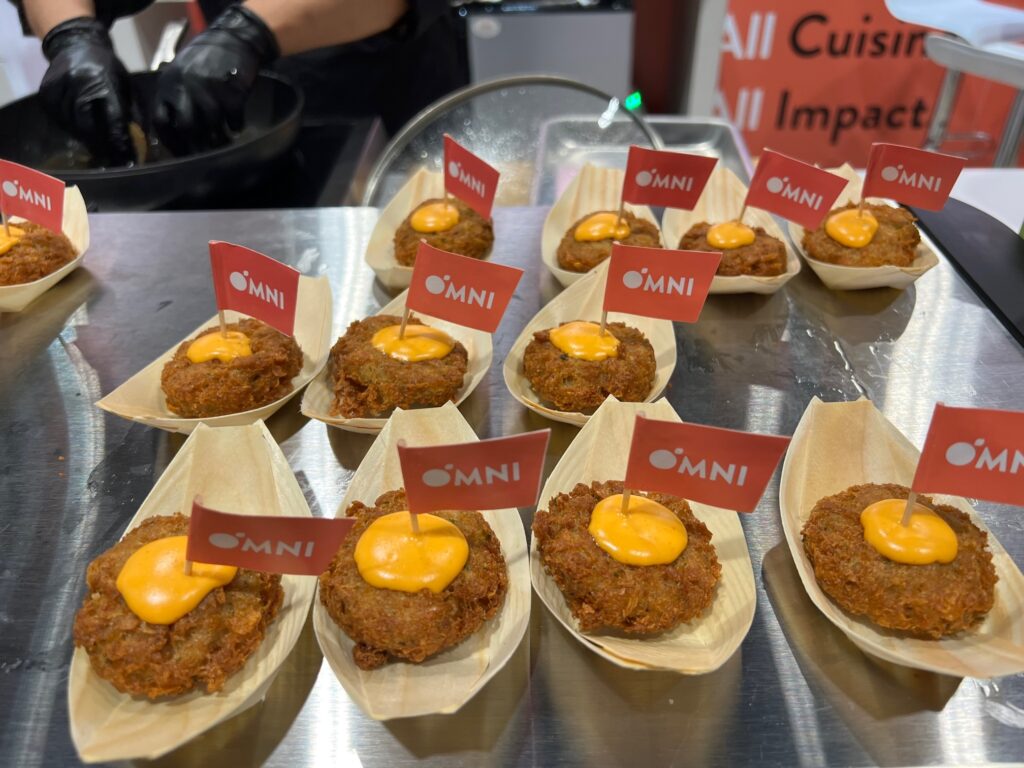
By Larry and Adam Mogelonsky - 11.27.2022
Vegan, vegetarian, flexitarian, dairy-free, gluten-free, ovo-pescatarian, fruitarian – there are lots of diets out there and, significantly, more and more people are adjusting their habits away from the starchy, fried and meat-focused Standard American Diet (SAD). Underpinning any operational changes made to accommodate this societal shift, though, is the data.

Yes, the rise of all these new diets is not just about the food but how you use your guests’ eating preferences to build richer profiles and analytics. Hence, there’s a big lesson within this trend for how hotels can enhance personalization or marketing for future success.
Regardless of where you stand, the numbers don’t lie. Whether it’s for personal health, for ethical reasons or to help in the fight against climate change, people are opting for more plant-based eating at an accelerating rate. Travelers vote ‘with their wallets’ as they say, and hotels that are perceived as offering better plant-based dining options will be more likely to grow brand equity and revenues from this burgeoning group of eaters.
But while this trend may be taking place on a national or global level, how do you know if it applies to your specific property or brand? Does it apply to only the leisure segment or will it influence the hotel selection for groups and corporate travel? That is, what data points can you measure to indicate whether or not a wholehearted investment into this space will be meaningful to future guests?

Small Example for Big Data
A seemingly trivial scenario here can help to illustrate the broader issue. Suppose your hotel plans to host an outdoor summer barbecue event (with a hefty entrance fee and accompanying room package) for one of Father’s Day, Fourth of July, Labor Day or any other gloriously humid weekend. Think beer, burgers, smoked brisket, sticky chicken drumsticks, potato salad, mac n’ cheese and any other cholesterol-laden comfort food your culinary team wants to whip up.
For this event, your marketing team plans to keep promotions at near-zero costs. The first rollout is for the hotel’s opt-in email pool of past guests followed by other newsletter subscribers then onto social media, using a feature image of a giant blackened piece of beef on the hot grills to tantalize the eyeballs.
Next, suppose that, prior to launching this campaign, you performed some guest profile analytics that also incorporated POS data from all onsite restaurants and found that (hypothetically) 10% of customers in the opt-in email pool (after filtering for repeat patrons to give it some behavioral credence) have only ever ordered vegetarian dishes while staying at your property, or have specified plant-based substitutions or other comparable adjustments for their meals.
While this does not guarantee that said guests are strictly vegan, it is still a nonnegligible correlation worth further investigation and testing. From this, we can therefore ask whether this 10% will be positively influenced by your visual meat-based messaging or turned off from said attending said event. While 10% is hardly a majority, the war for revenues is won a single skirmish at a time, so you should not ignore this psychographic shift.
Maybe it’s time to lead with a more “dietary agnostic” image and highlight your vegan menu options in the messaging. Other options would be to A/B test the hypothesis if software allows or segment the 10% off and use a more personalized, plant-forward advertisement design to drive conversions.

Data-Driven Capex Decisions
Getting POS data merged directly into the correct guest profile in such a way as to generate the reports that can answer the vegetarian question from the scenario above is a tall order. But it’s coming, or at least it’s possible if you have the right technology in place and your IT team has time to build the appropriate interfaces. And this is only the start of the inferences we can make once a hotel has unified guest profiles set up.
Rather than commanding by diktat that the executive chef put more plant-based options on the menu for this summer event, you can arrive at the conversation armed with the necessary data to support this direction and avoid any clash of egos. No more hunches and conjecture; again, the numbers don’t lie.
Beyond a one-off or annual event are capex decisions for the long-term. Suppose your property is overdue for a new restaurant concept. If this 10% of assumed vegetarians is modeled to be growing year over year, how might this inform hotel package design, restaurant remodeling, catering menus, sundry inventory sourcing, minibar stocking and room service? Perhaps now is the time to start thinking about a purely plant-based dining outlet, knowing with some semblance of certainty that your customers are also moving in this direction and will be receptive to your product evolution.

Thinking Beyond Food Trends
Consider these advanced analytical intersections and how they might apply to other emerging trends like the drive for sustainability, experiences and the growth of wellness travel. We know that these are all macro-trends, but how can get more granular data on each trend to properly inform and adjust your operations or brand messaging?
Sustainability holds the promise of tremendous savings in energy costs but, for instance, do your customers want to hear about it in your outbound communications? Is sustainability verifiably meaningful to your current customers as a value-add or do they simply expect you to meet governmental guidelines without being “in your face” about it? Similarly, in the post-pandemic era, travel has become more ‘purposeful’ but which specific activities or amenities are driving the majority of cross-selling activations to then inform future service developments? Again, what experiences are meaningful in terms of driving new bookings?
It all goes back to the data and getting it all amalgamated so that you can start posing complex questions and build personalized offers or advise on big, new initiatives that require serious capex.
If you aren’t keen on considering a flexitarian diet for the health benefits or for the climate, just remember that such a move cuts far deeper than your own beliefs. It’s about your guests and driving the topline. For the decade ahead, the growth of plant-based eating is but one more rationale for hotels to start connecting disparate databases for increased revenue opportunities and guest retention.

Together, Adam and Larry Mogelonsky represent one of the world’s most published writing teams in hospitality, with over a decade’s worth of material online. As the partners of Hotel Mogel Consulting Limited, a Toronto-based consulting practice, Larry focuses on asset management, sales and operations while Adam specializes in hotel technology and marketing. Their experience encompasses properties around the world, both branded and independent, and ranging from luxury and boutique to select-service. Their work includes seven books: “In Vino Veritas: A Guide for Hoteliers and Restaurateurs to Sell More Wine” (2022), “More Hotel Mogel” (2020), “The Hotel Mogel” (2018), “The Llama is Inn” (2017), “Hotel Llama” (2015), “Llamas Rule” (2013) and “Are You an Ostrich or a Llama?” (2012). You can reach Larry at larry@hotelmogel.com or Adam at adam@hotelmogel.com to discuss hotel business challenges or to book speaking engagements.
Are you an industry thought leader with a point of view on hotel technology that you would like to share with our readers? If so, we invite you to review our editorial guidelines and submit your article for publishing consideration.
